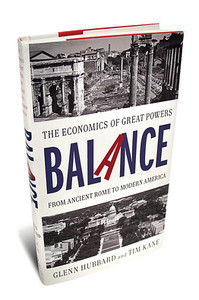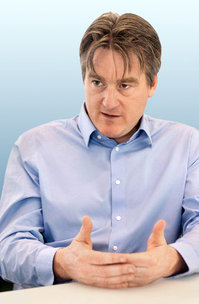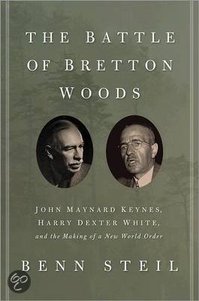(p. 4) It is hard to think of a technology that wasn’t feared when it was introduced. In his Atlantic article, Mr. Carr says that Socrates feared the impact that writing would have on man’s ability to think. The advent of the printing press summoned similar fears. It wouldn’t be the last time.
When Hewlett-Packard invented the HP-35, the first hand-held scientific calculator, in 1972, the device was banned from some engineering classrooms. Professors feared that engineers would use it as a crutch, that they would no longer understand the relationships that either penciled calculations or a slide rule somehow provided for proficient scientific thought.
But the HP-35 hardly stultified engineering skills. Instead, in the last 36 years those engineers have brought us iPods, cellphones, high-definition TV and, yes, Google and Twitter. It freed engineers from wasting time on mundane tasks so they could spend more time creating.
Many technological advances have that effect. Take tax software, for instance. The tedious job of filing a tax return no longer requires several evenings, but just a few hours. It gives us time for more productive activities.
For the full commentary, see:
DAMON DARLIN . “PING; Technology Doesn’t Dumb Us Down. It Frees Our Minds.” The New York Times, SundayBusiness Section (Sun., September 21, 2008): 4.
(Note: the online version of the commentary has the date September 20, 2008.)






